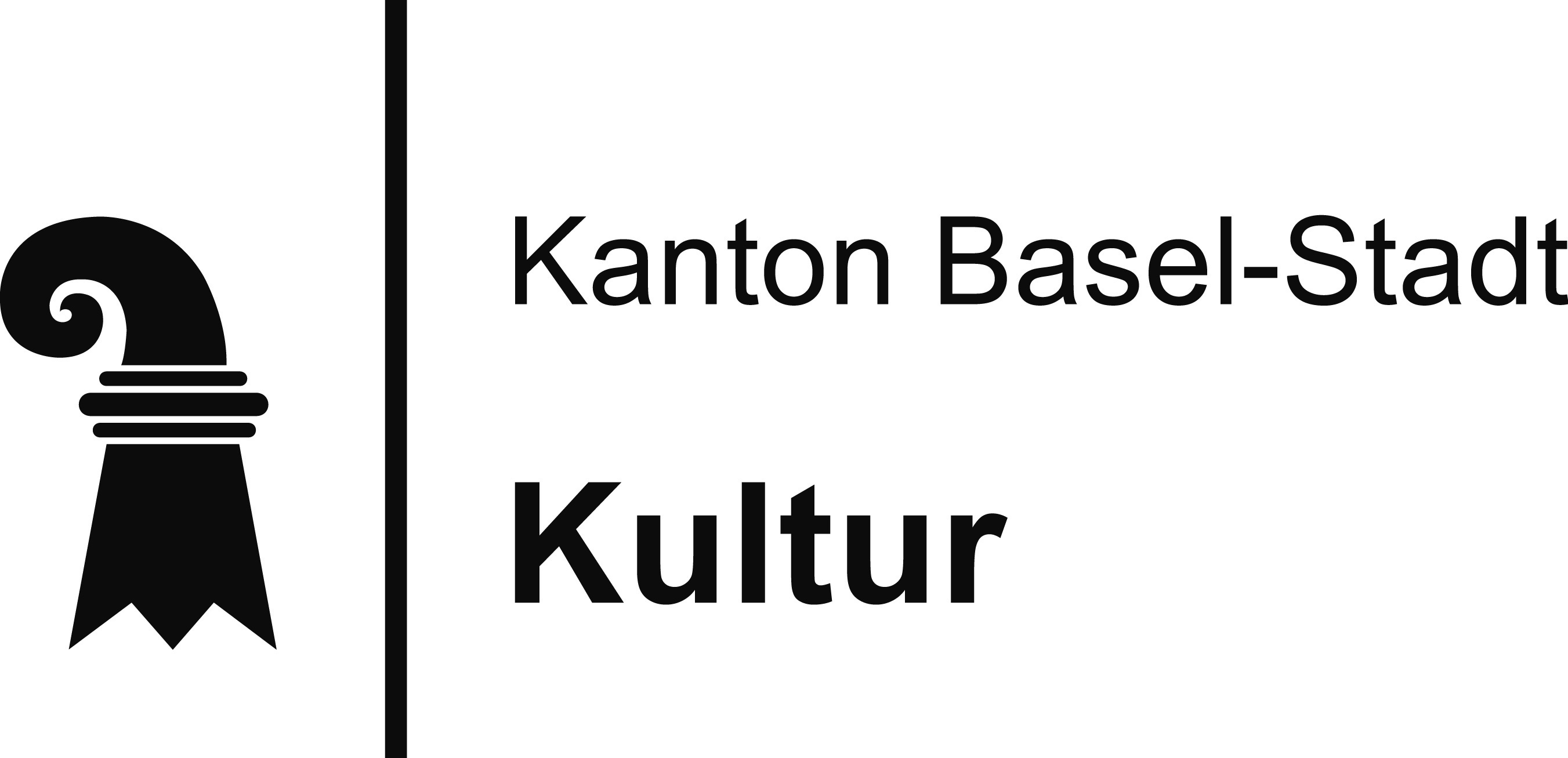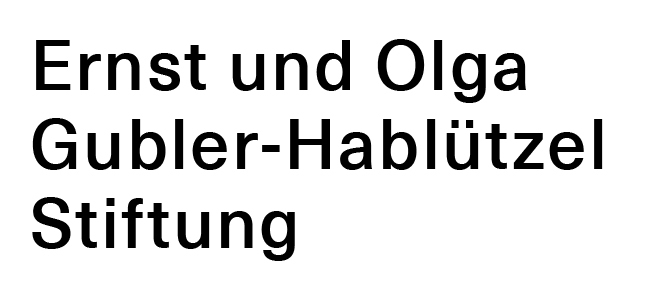R. Sebastian Schachinger
Notizen zur 13. Stunde
17.9. —
1.10.2023
Selected press coverage
Project partners


As the exhibition title suggests, Sebastian Schachinger (b. 1993, Freiburg, DE) adds a 13th hour to the conventional 12-hour cycle, not only shifting his own individual daily rhythm, but also that of the exhibiting institution.
Thus, for the time being, we will part with familiar concepts, rhythms, institutional opening times, and even the established duration of an exhibition. Sebastian Schachinger presents a 14-day performance composed of twelve mostly new, roughly outlined individual performances that follow an offset daily cycle, which realigns with “normal” time after an interval of two weeks. A rhythmic stumbling block in the passing of time that creates the potential of generating more time and thus allowing for more experiences. While Schachinger’s performances always begin at 12 o’clock noon in his offset timeframe, for visitors of the exhibition this can be in the middle of the night or the early hours of the morning.
In the center of the foyer, Schachinger has placed a two-sided time display device from a disused factory, where it used to dictate the pace of the working day. Just as an atomic clock determines the second and minute intervals in places of transit, like train stations and airports, Schachinger sets a new time base at the Kunsthaus Baselland. A clock that introduces a 13th hour and thus creates a new rhythm and time sequence in both the life of the artist and the institution itself.
Schachinger has also installed a frieze of 720 wristwatches that runs through the entire exhibition, each of which displays a specific time. Viewed together, they reveal all the intervening minutes of a 12-hour cycle. Each watch seems like an individual personality, lending meaning to the minute it depicts—the very moment at which it stopped or broke and was decoupled from time.
But neither the clockface, the mechanically regimented rhythm, nor its modification are of particular interest to Schachinger. He is rather seeking to address the question of how it’s possible for an artist to make art besides meeting all the other basic needs—eating, sleeping, washing, cooking, earning money, studying, maintaining social contacts, etc.—within the normal 24-hour day–night cycle in which we currently exist. Yet this extra time, these two additional hours, makes it impossible to synchronize oneself with the surrounding world.
Sebastian Schachinger’s time installation at Kunsthaus Baselland resembles a vast clock mechanism within the museum’s rooms, and is at the same time initiator and instrument for the distinct daily performances, which are dictated by the new temporal structure—not as complete narratives or pieces, but as sketches or commentaries. The performances, some of which have already been shown in the context of his final degree project and the Swiss Art Awards, are now tied together to present a coherent overview of the artist’s creative output.
Both Schachinger’s performances, which he sometimes performs alone and sometimes with other artists, and the work he re-created specifically for the exhibition—like the metronome, with actuation weights—focus on topics of (social) synchronization due to time and the way our behaviors are thus dictated as well as dominance and hierarchy and how they define a wide range of spatial and social structures. Schachinger counteracts this with tangible moments of community, like listening to, sharing, and superimposing music and sound, collective waiting or finding common ground. In Schachinger’s work, the onlooker becomes the listener, the visitor, and the active participant. He invites us to appreciate art outside of the usual opening times of a public art institution and experience this desynchronization and its temporal ramifications. (IG)
On September 23 and 24, the Kunsthaus Baselland will also host the Swiss Performance Art Award 2023. For more on this see here.